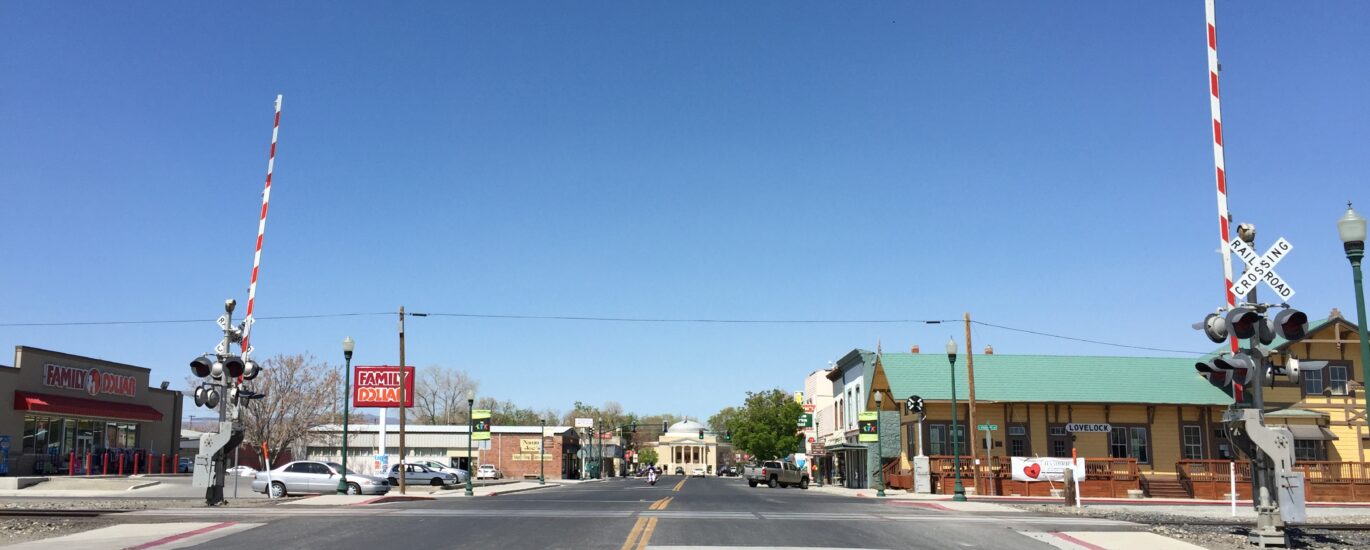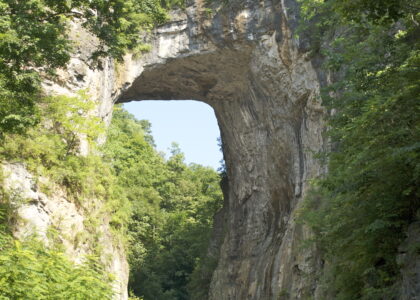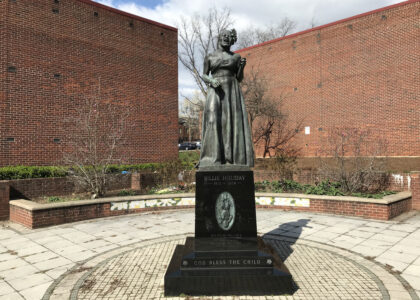Welcome to Lovelock, Nevada, a quaint town with a history as rich and colorful as the surrounding desert landscape. As you journey through this area, let me take you back to the origins and evolution of Lovelock, a place deeply intertwined with the expansive history of the American West.
Our story begins in the mid-19th century, a time when the United States was experiencing rapid expansion and change. Lovelock was established as a trading post along the Humboldt River in 1868, an essential stop for those traveling the arduous California Trail during the gold rush era. Its location made it a critical respite for weary travelers and pioneers seeking fortune and new beginnings in the Wild West.
The town was named after George Lovelock, an English settler and rancher who played a significant role in its early development. Lovelock’s influence was such that when the town was officially incorporated, it proudly bore his name. This small yet vibrant community quickly became a hub of activity, driven by the agricultural opportunities presented by the surrounding fertile valleys.
One of the most notable aspects of Lovelock’s history is its strategic significance during the construction of the transcontinental railroad. In 1869, the Central Pacific Railroad reached this point, further solidifying Lovelock’s status as a critical junction. The railroad not only facilitated the movement of people and goods but also spurred economic growth, attracting settlers and businesses eager to capitalize on the new opportunities.
Throughout the 20th century, Lovelock continued to evolve. It became the seat of Pershing County in 1919, following a decision to divide the larger Humboldt County. This administrative change underscored Lovelock’s importance in the region and marked a new chapter in its history.
Over the years, Lovelock has been visited by numerous notable figures, including politicians, explorers, and even the occasional celebrity drawn by its unique charm and strategic location. Today, Lovelock remains a testament to the pioneering spirit that defined much of the American West. Its agricultural roots are still evident, with local farms producing a variety of crops that support the community and surrounding areas.
As you explore Lovelock, you’ll find that its historic downtown area offers a glimpse into the past, with well-preserved buildings that tell stories of a bygone era. The Lovelock Cave, located nearby, is a site of archaeological significance, revealing artifacts and insights into the ancient peoples who once called this area home.
In conclusion, Lovelock may not be the largest town, but its historical significance and enduring legacy make it a fascinating stop on any journey through Nevada. Whether you’re passing by or exploring its nooks and crannies, Lovelock invites you to reflect on the stories of those who came before and the impact they’ve had on the fabric of the American West.






